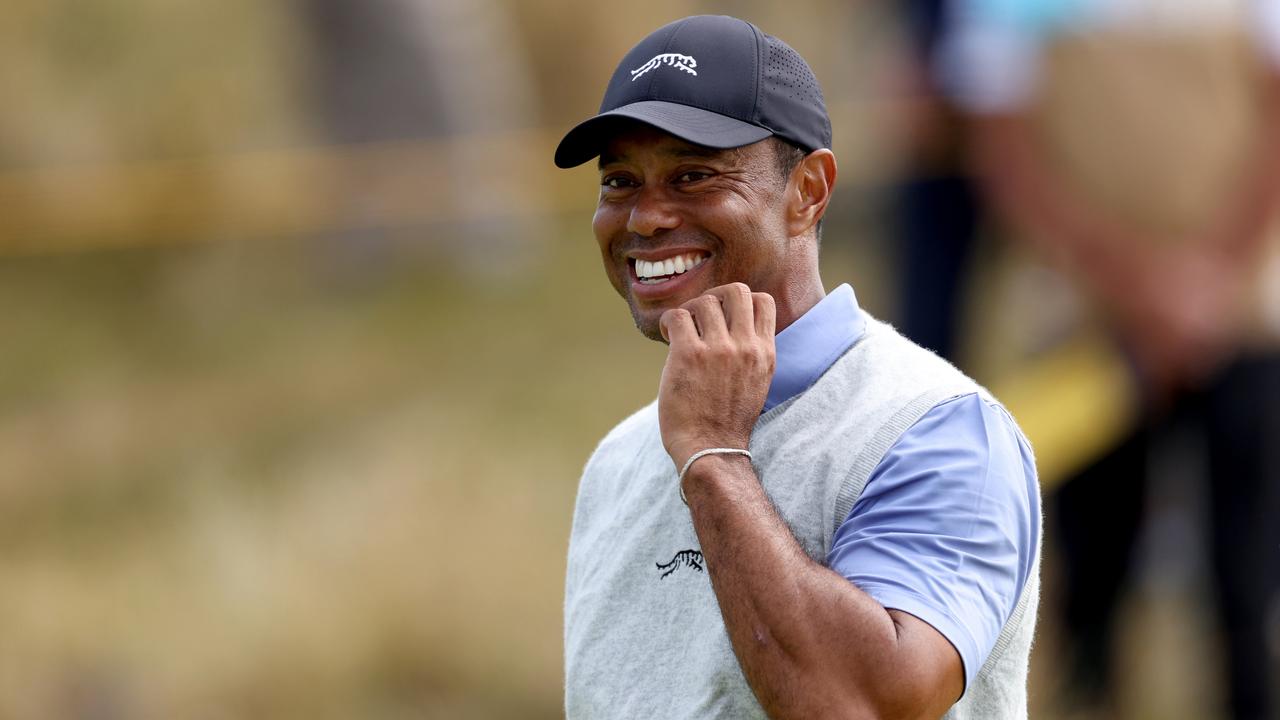Fashion
What Fashion Brands Can Learn From Nike’s Mistakes

For years, Nike has been the Louis Vuitton for everybody else — building a premium business in fashion around a logo, a great passion — in Nike’s case for sports — and a mammoth advertising budget.
The active giant spent $4.3 billion last year alone on “demand creation” — shelling out 10 figures to cover the “costs of endorsement contracts, complimentary product, television, digital and print advertising and media costs, brand events and retail brand presentation.”
Nike’s formula has been a powerful one — studied by competitors and partners looking to take market share or get in on the action. But the competition is heating up. It has been particularly fierce in running, where brands like On, Hoka and Brooks are in ascent, but there are also plenty of others coming for Nike, including Adidas, which has been successful lately with its more casual Samba style.
Nike is still well in the lead — with sales of $51 billion last year and a market capitalization of nearly $110 billion — but its advantage is slipping and it is becoming a case study in how a company with the benefits of scale, brand recognition and passion can stumble anyway.
John Donahoe, who’s been president and chief executive officer since 2020, told analysts last month that Nike is “taking our challenges head on and we’re regaining our edge.”
But it’s still a work in progress.
“While fiscal ‘25 will be a transition year for our business, we continue to make real progress on our comeback,” the CEO said.
Nike’s revenues fell 2 percent to $12.6 billion in the fourth-quarter ended May 31 — and the company expects revenues to show a high-single-digit decline for the fiscal first half as it manages supply of its classic footwear franchises.
That caused Nike’s shares to lose nearly 25 percent of their value over the last month — leaving the company’s stock down 17 percent over the past five years, a period that saw the S&P 500 grow by 86 percent.
The brand has simply failed to deliver on the one thing that gives fashion and active brands their oomph: newness.
“They became overly fixated on where they were selling their stuff that they lost focus on what they were selling,” said Tom Nikic, an analyst at Wedbush.
In 2017, Nike started to align its business around a direct-to-consumer push that had it culling wholesale accounts and focusing on nike.com — and taking its eye off the product.
“No brand out there has the resources that Nike has,” Nikic said. “No brand can put more money behind R&D than Nike can. No brand can put more money behind marketing than Nike can. The combined revenues of Hoka and On [at $3.8 billion] is less than Nike’s annual advertising budget.
“Product is king,” he said. “If you’ve got great product, you can win. If you don’t have great product, if you slack on product innovation, however big you are, however powerful you are, the customer’s going to look for something else.”
As innovation slowed, Nike leaned in more on products that had been scarce.
“They just started selling more and more retro Jordans and retro Dunks,” Nikic said. “And when there were plenty of those products, they lost some of their special sauce. We’ve occasionally seen retro Jordans being discounted, which never used to happen.”
The company’s woes in some ways mirror those of Vans, which fell too much in love with its legacy looks and then tanked once the trends moved on, leading to a CEO switch at parent company VF Corp.
Nike’s struggles have cast a harsh light on Donahoe, a former CEO of eBay and was a longtime board member at the group before taking the top job.
“If John Donahoe is going to stay in that seat, I think a couple things need to happen,” Nikic said. “First off, he needs to sort of change his mindset. Maybe that’s difficult for him because he comes from a tech background, not from a footwear background. But he’s going to need to become more product-oriented and realize that the consumer is in the driver’s seat.”

Nike CEO John Donahoe
Meron Menghistab/WWD
There are signs that Nike realizes that now.
Jessica Ramírez, senior research analyst at Jane Hali & Associates, said the company has recently been working on “recalibrating their platform” and “highlighting the sneakers that were actually resonating with consumers.”
She pointed to the Nike Vomero and the more casual Killshot silhouette.
“If they would’ve done this plan a year ago and woken up to, ‘Hey, we might be the biggest in the industry, that doesn’t mean we’re untouchable’ — because they kind of snoozed on it [and waited to revamp], it’s dented them more than they expected,” Ramírez said.
“It’s been a year of Nike having a difficult time, and we know that within retail, usually it used to be two quarters — and a year, there needs to be a change [in the CEO slot] because something is being steered in the wrong direction,” she said.
That Nike is having a “transition year,” that Donahoe seems to be on thin ice, that the powerhouse brand is having to revamp its strategy so dramatically carries a pride-goes-before-the-fall message for other brands that are also navigating a tricky market and a fickle consumer.
“You can’t feel comfortable,” Ramírez said. “You always have to futureproof and you have to futureproof through your retail strategy, through your product and through your operations. You have to be ahead of where you are if you expect to be the winner. And you can’t lose sight of consumer interest and the competitive landscape, how that’s shifting, because the competitive landscape shifts as consumers shift their lifestyle. The consumer is the one that tells you, ‘This is where I’m going to spend my money.’”
The Bottom Line is a business analysis column written by Evan Clark, deputy managing editor, who has covered the fashion industry since 2000. It appears every other Thursday.










